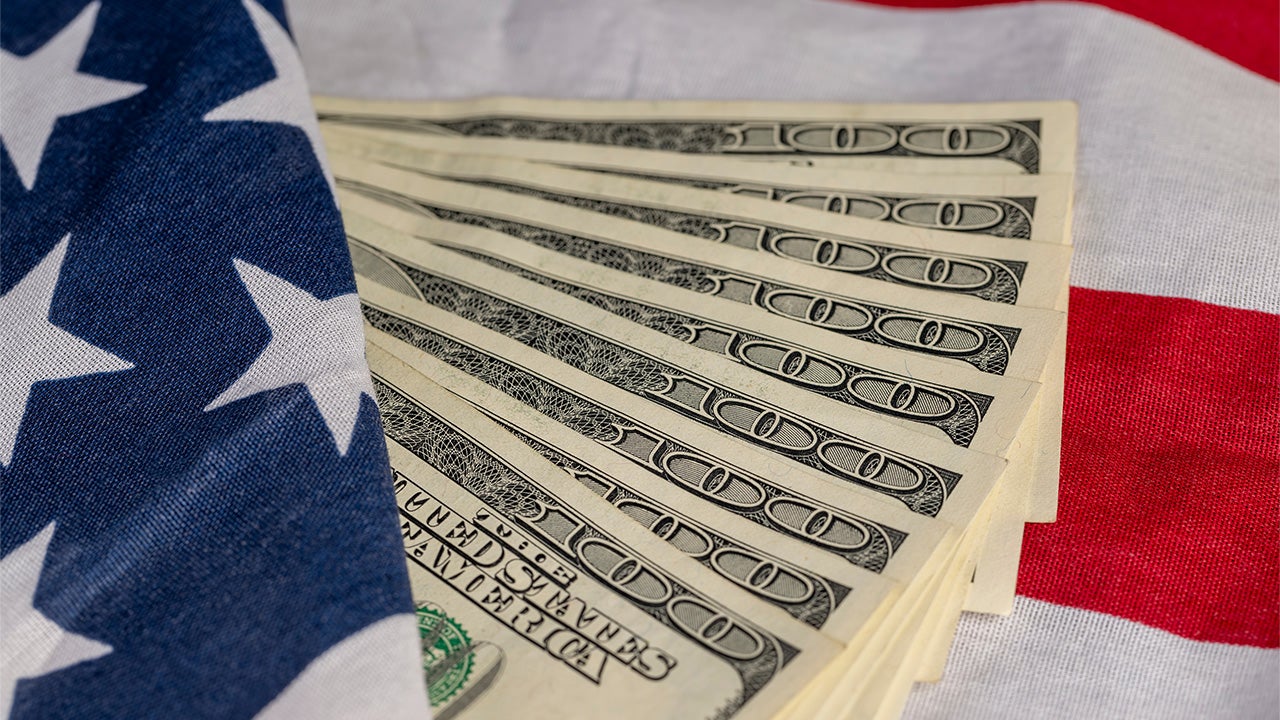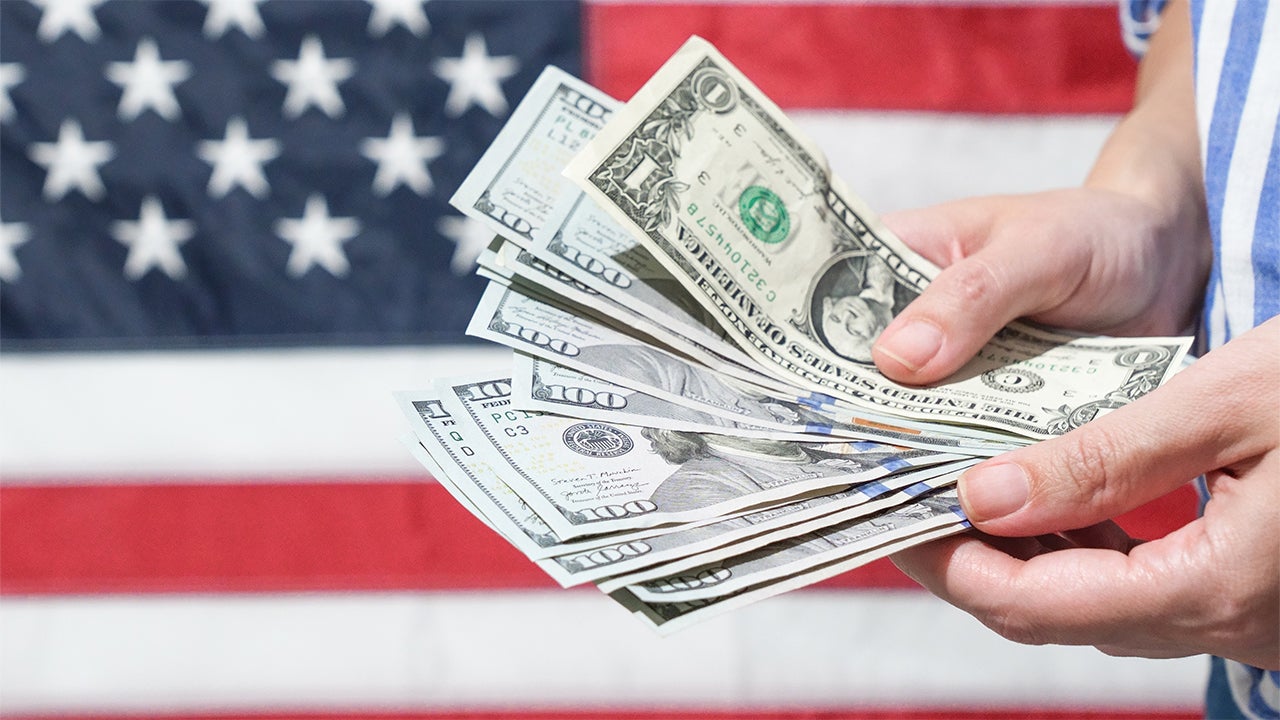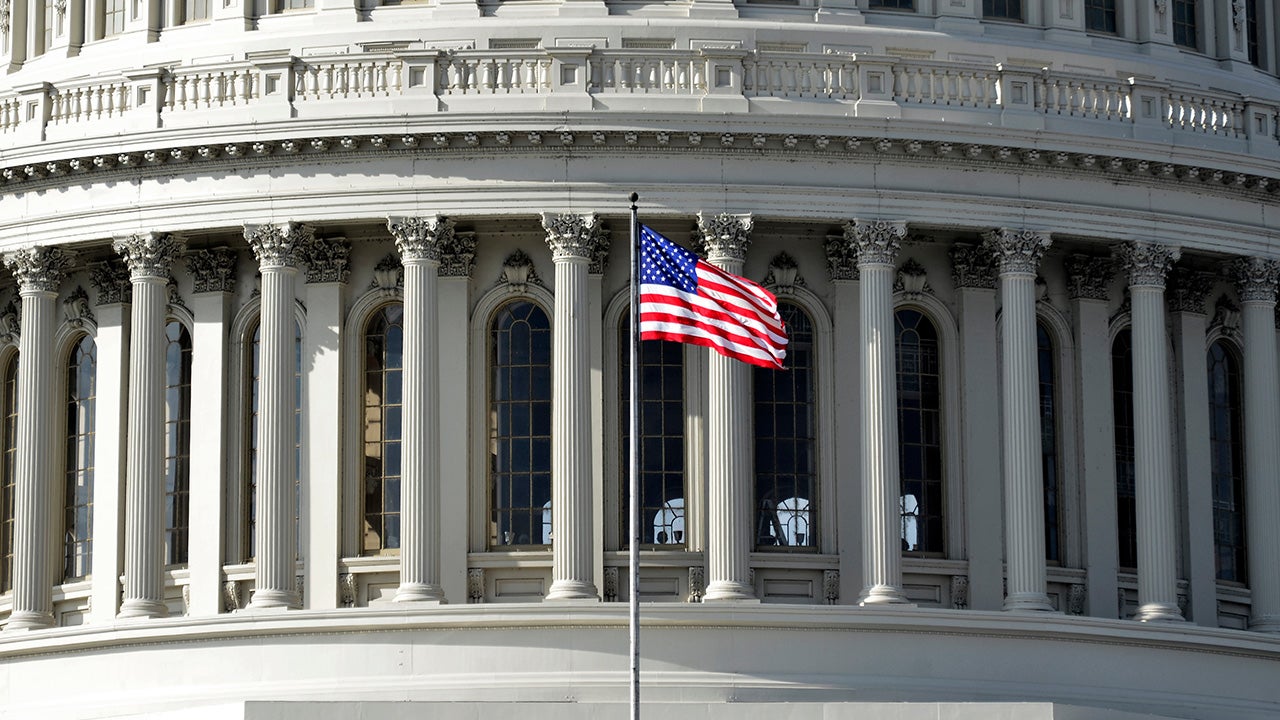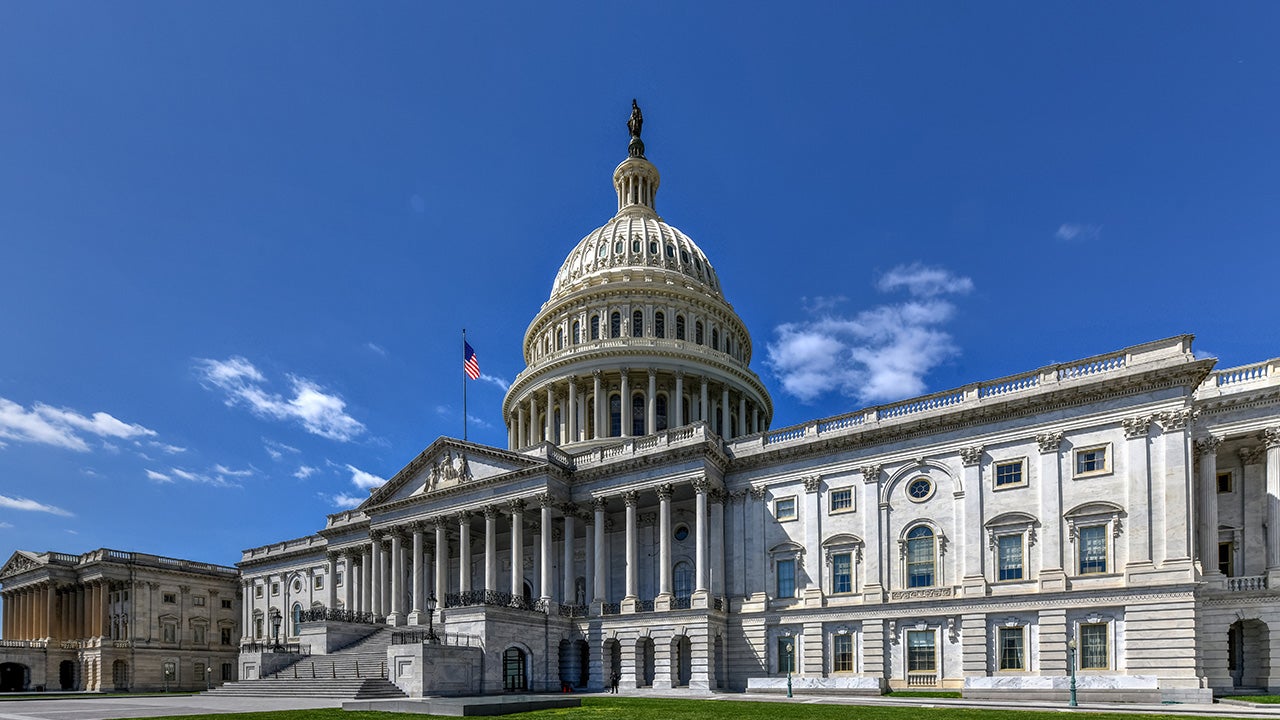
FX Pulse: 2025 Q3
Paul Jackson in Invesco’s GMS Office shares his quarterly outlook on the currency markets. Find out more.

USD has stabilised in recent months but we now expect depreciation to resume, as the Fed eases more than other central banks. We think JPY will be the strongest major currency over the next year, followed by EUR.
| Favoured currency | Hedge from | Hedge to | |
| 3M view | AUD, EUR, CHF | NZD, CAD | AUD, EUR |
| 12M view | JPY, EUR, AUD | HKD, USD | JPY, AUD |
Note: See appendix for currency and central bank abbreviations.
Source: Invesco Global Market Strategy Office.
The Fed made its first rate cut of the year on 17 September, joining 35 other central banks that eased during Q3 (according to CentralBankRates). Six of the 10 central banks featured in this document eased during the quarter. As we suggested in the July edition of FX Pulse, USD recovered some of the ground lost earlier in the year during Q3 (see Figure 2).
Though 3-month rates have fallen in most of our sample of countries since the start of 2025, the pattern was mixed during Q3. For example, Hong Kong rates doubled, as the HKMA started to normalise policy after the steep cuts necessitated in Q2 to temper the strength of HKD. US 3-month rates fell more than those of most other countries. The same can largely be said of 10-year yields, with market conviction building that the Fed will now ease on a regular basis (another four times in the next 12 months according to the path of Fed policy rates implied by Fed Funds futures, as calculated by Bloomberg).
We think the market’s view is based on weak US labour market data (while inflation has risen less than feared). We also suspect it is because the market expects President Trump to alter the composition of the Fed’s policy making committee in a more dovish direction (a new Chairman will be appointed by May 2026 and other members of the FOMC may be replaced).
Among other currencies, the strongest in recent months have been CNY, HKD and AUD. In all three cases, 10-year yields rose during Q3 and 3-month rates were either flat or up. CNY also benefits when USD is strong because of the latter’s near 20% weighting in the CNY basket (and may have been helped by flows into the Chinese stock market, which has been outperforming global indices). HKD recovered some of the HKMA driven losses in the previous quarter. We believe AUD has benefitted from the perception that the RBA remains reluctant to ease.
The weakest currencies during Q3 were NZD, JPY and CAD. The New Zealand economy has been weak and its central bank has cut rates aggressively, while there are fears of the tariff impact on the Canadian economy. We suspect JPY has suffered from market disappointment that BOJ tightening is progressing very slowly, along with concerns that the new Prime Minister (when selected) may not be keen on rate hikes.
Over 12 months, CHF and EUR have been the strongest, despite aggressive central bank easing (the SNB policy rate is now zero, while the ECB Deposit Facility Rate is 2.00%). We think this currency strength could reflect optimism about future European growth (on the back of increased military spending and German infrastructure spending). It may also reflect some positive currency fundamentals such as current account surpluses, positive net international investment positions and relatively healthy government finances (see Figure 3). These factors could help when investors are searching for so-called “safe havens”.
NZD, CAD and JPY are also among the weaker currencies over 12 months, with AUD also slipping into that category (the RBA has from time to time been expected to cut more aggressively and we suspect weak commodity prices may also have been a drag).

Notes: Past performance is no guarantee of future results. As of 30 September 2025. Based on Goldman Sachs Nominal Trade Weighted Indices.
Source: Goldman Sachs, Bloomberg and Invesco Global Market Strategy Office.
Investment risks
The value of investments and any income will fluctuate (this may partly be the result of exchange rate fluctuations) and investors may not get back the full amount invested.

Paul Jackson in Invesco’s GMS Office shares his quarterly outlook on the currency markets. Find out more.

Paul Jackson in Invesco’s GMS Office shares his quarterly outlook on the currency markets. Find out more.

Paul Jackson in Invesco’s GMS Office shares his quarterly outlook on the currency markets. Find out more.